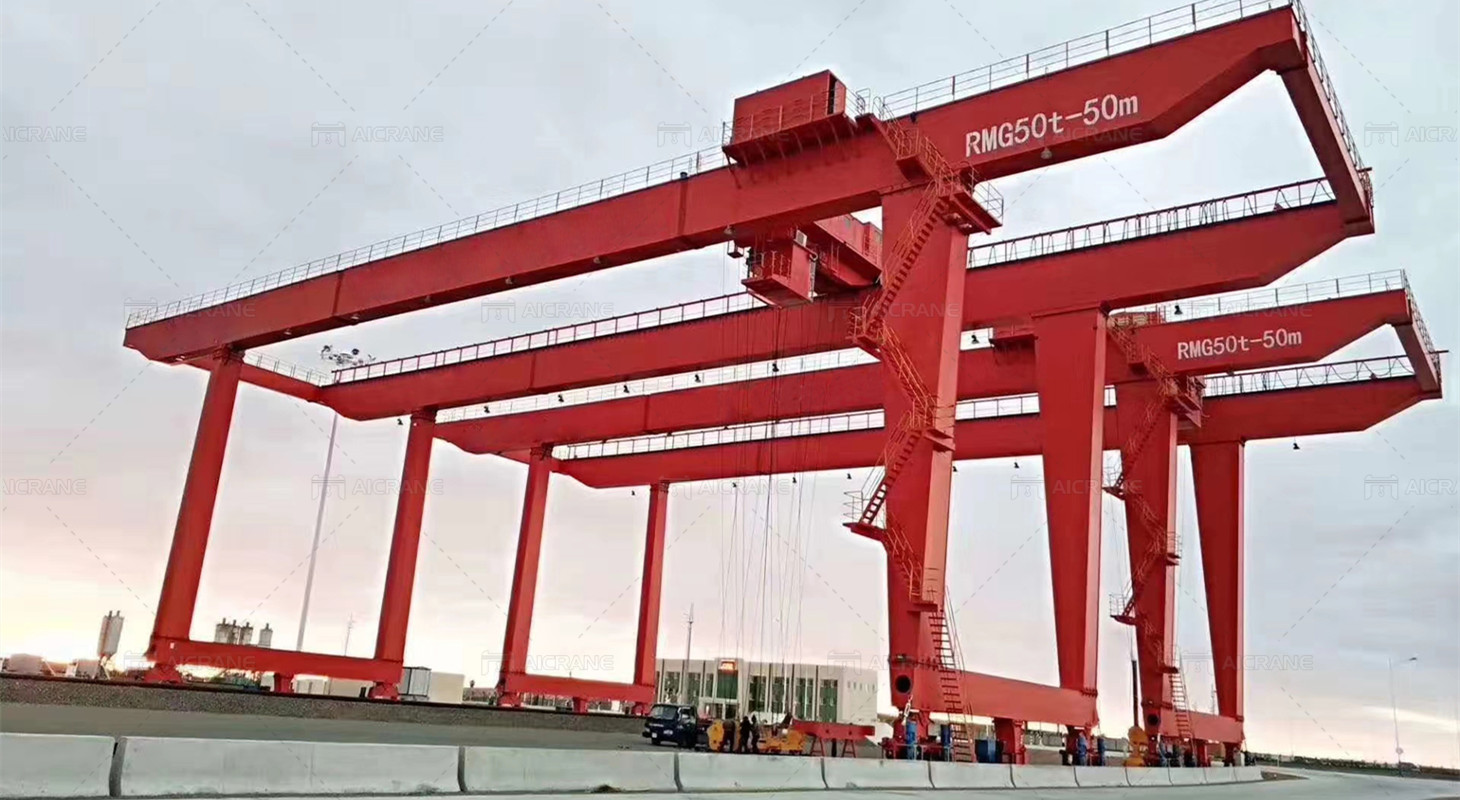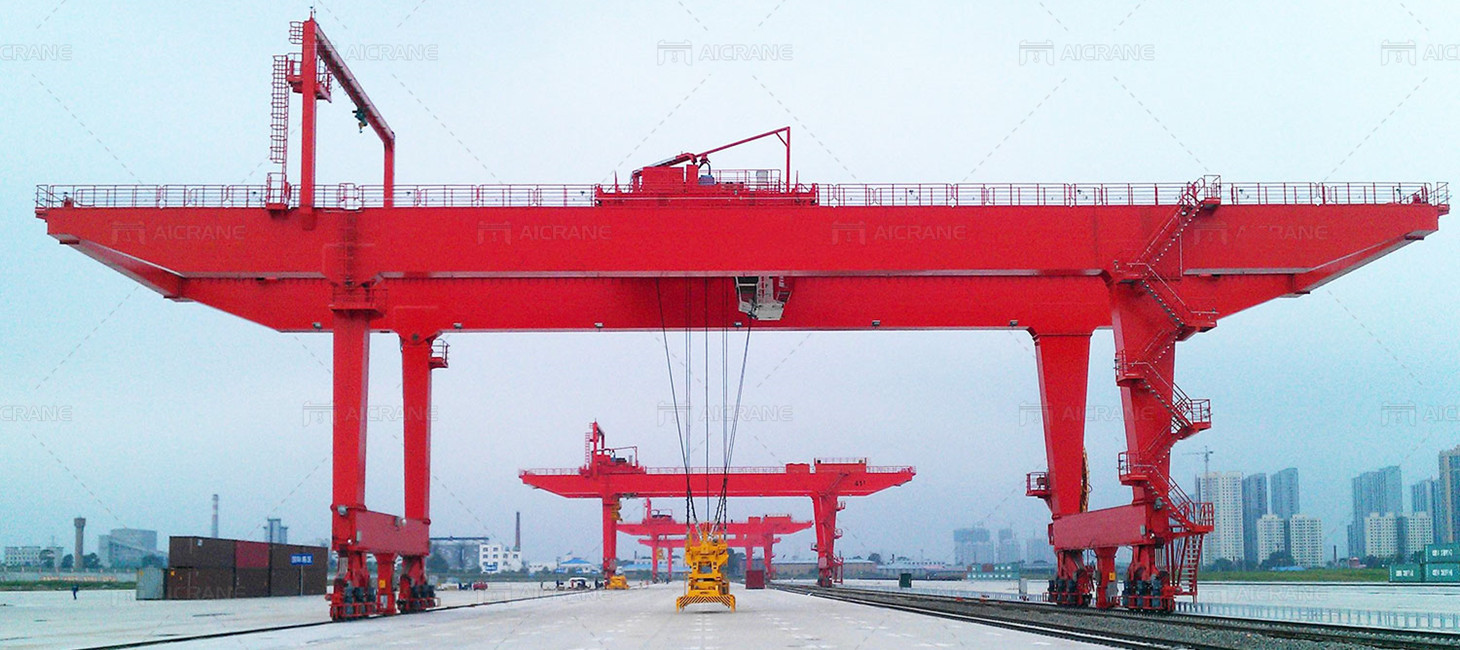Operating a rail-mounted crane requires skill, precision, and attention to detail to ensure efficient and safe lifting operations. Rail-mounted cranes are commonly used in industries such as manufacturing, construction, and shipping yards for handling heavy loads in confined spaces. To optimize the performance of a rail-mounted crane and minimize the risk of accidents or damage, operators should follow these five tips:

Thorough Pre-Operation Inspection
Before operating a rail-mounted crane, conduct a thorough pre-operation inspection to check for any signs of damage, wear, or malfunction. Inspect the crane’s structural components, including the boom, hoist, trolley, and rails, for any cracks, corrosion, or loose fasteners. Verify the condition of the electrical and mechanical systems, such as brakes, motors, and controls, to ensure they are functioning properly. Pay special attention to the condition of the rails and track alignment, as any defects or obstructions could affect the crane’s stability and performance.
Proper Load Calculation and Rigging
Proper load calculation and rigging are essential for safe and efficient lifting operations with a rail-mounted crane. Before lifting any load, determine the weight, dimensions, and center of gravity of the load to ensure it falls within the crane’s rated capacity and lifting capabilities. Use the appropriate rigging equipment, such as slings, shackles, and spreader bars, and ensure they are correctly attached and secured to the load. Avoid overloading the crane or exceeding its rated capacity, as this can lead to equipment failure, accidents, or injuries.
Safe Operation Practices
When operating a rail-mounted crane, adhere to safe operation practices to minimize the risk of accidents and ensure the safety of personnel and equipment. Follow established hand signals and communication protocols when working with a signal person or crane operator to coordinate lifting operations. Maintain a safe distance from the load and ensure clear visibility of the lifting area to avoid collisions or entanglements. Use caution when operating the crane near obstacles, overhead hazards, or other equipment to prevent accidents or damage.

Smooth and Controlled Movements
When operating a rail-mounted crane, focus on making smooth and controlled movements to maintain stability and precision during lifting operations. Avoid sudden starts, stops, or jerky movements that can cause the load to swing, tip, or shift unexpectedly. Use the crane’s controls to gradually accelerate, decelerate, and maneuver the load with precision and accuracy. Maintain proper load control and balance throughout the lifting operation to ensure the safety of personnel and equipment.
Regular Maintenance and Inspection
Regular maintenance and inspection are essential for ensuring the continued safe and reliable operation of a rail-mounted crane. Implement a scheduled maintenance program to inspect, lubricate, and service the crane’s components and systems according to the manufacturer recommendations and industry standards. Check for any signs of wear, damage, or deterioration during routine inspections and address any issues promptly to prevent equipment failure or downtime. Keep detailed records of maintenance activities, inspections, and repairs for documentation and regulatory compliance purposes.
By following these five tips for operating a rail-mounted crane, operators can enhance safety, efficiency, and productivity in lifting operations. Thorough pre-operation inspections, proper load calculation and rigging, adherence to safe operation practices, smooth and controlled movements, and regular maintenance and inspection are essential elements of successful gantry crane operation. By prioritizing safety, precision, and attention to detail, operators can minimize the risk of accidents, damage, and downtime, ensuring optimal performance and longevity of rail-mounted cranes in industrial environments.